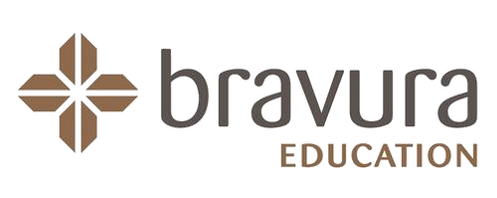
NSW Environmental Protection Agency consultation on laser legislation and regulation
On the 4th of April I represented Bravura Education as we participated in an education roundtable with ACIL Allen who are consulting to the NSW Environmental Protection Agency (EPA) regarding their review of the Protection from Harmful Radiation Act 1990 (the Act) and Protection from Harmful Radiation Regulation 2013 (the Regulation).
Also in attendance for this particular consultation were representatives from registered training organisations, universities and device companies. As part of this consultation, clinicians, consumers, regulators and other relevant stakeholders are also participating.
The EPA wants to evaluate the risks, and how often harm happens from cosmetic non-ionising radiation services to understand their effect on public health and find ways to manage the use of lasers and IPL devices for cosmetic purposes in NSW.
It has engaged ACIL Allen to undertake a review of:
- the nature and extent of harm associated with cosmetic laser and IPL services
- the industry and market profile
- equipment and training to assess the case for government intervention and existing regulatory frameworks and, if considered necessary
- the options for introducing legislation to provide minimum standards for cosmetic health service providers offering laser and IPL services (including an impact analysis).
Bravura Education tabled the following points:
- The nature and extent of harm is difficult to assess. We recommend that data collection and analysis should be done as a priority before any legislative change is considered in order to understand the full scope of the issue. The EPA are aware of the 2015 ARPANSA RIS results, and that Zoe Thomas (PhD Candidate) and Monash University are investigating the safety of cosmetic procedures in Australia.
- A laser safety certificate by an independent provider be mandatory for all users.
- We noted that the bulk of treatments were being done in the hair removal industry and that the greater likelihood of adverse outcomes was likely to come from here. These are often young women, with low incomes, who are seeking a career as laser technicians. Onerous entry requirements could limit their career choices, their ability to enrol in studies, and their ability to receive support from their employees, which could potentially lead to workforce issues.
-
It was discussed that an Advanced Diploma of Intense Pulsed Light & Laser for Hair Reduction (SHB 60118) can cost up to $16,000 and that beauty qualifications often included skills like waxing and massage that are of no interest to this cohort.
- Employees are already having difficulty attracting and retaining enough staff to meet demand with turnover estimated to be as high as 60% per annum. Any changes in regulation would require close analysis of the impact on this sector in being able to maintain a viable business.
- We also noted that education and experience isn't necessarily a predictor of adverse outcomes and that even the most educated and experienced clinicians could experience one.
- We suggested that the 2018 Standards be incorporated into current workplace health and safety legislation.
- Consider laser safety "spot checks" by local authorities similar to those for infection control.
- It was noted that there is no national surveillance system to collate data on adverse effects from light-based devices.
-
Interestingly, there was no consensus from this roundtable as to the best model for foundational education standards although it was agreed that a minimum benchmark would be advantageous for consumer safety and would include safety, laser and IPL systems, regulation, physics and clinical application.
Laser users in NSW are reminded that they are advised under the Australia/New Zealand (AS/NZS 4173: 2018 Safe use of lasers and intense light sources in health care) laser safety standards to have completed a laser safety certificate before they ever fire a laser.
Post Disclaimer
This blog post has been vigilantly researched and fact checked to ensure that it is accurate, reliable and up to date. You must keep in mind that errors and omissions may occur and that we welcome any feedback or corrections in this regard. We encourage you to do your own research to verify the accuracy and contemporary nature of the information presented.
